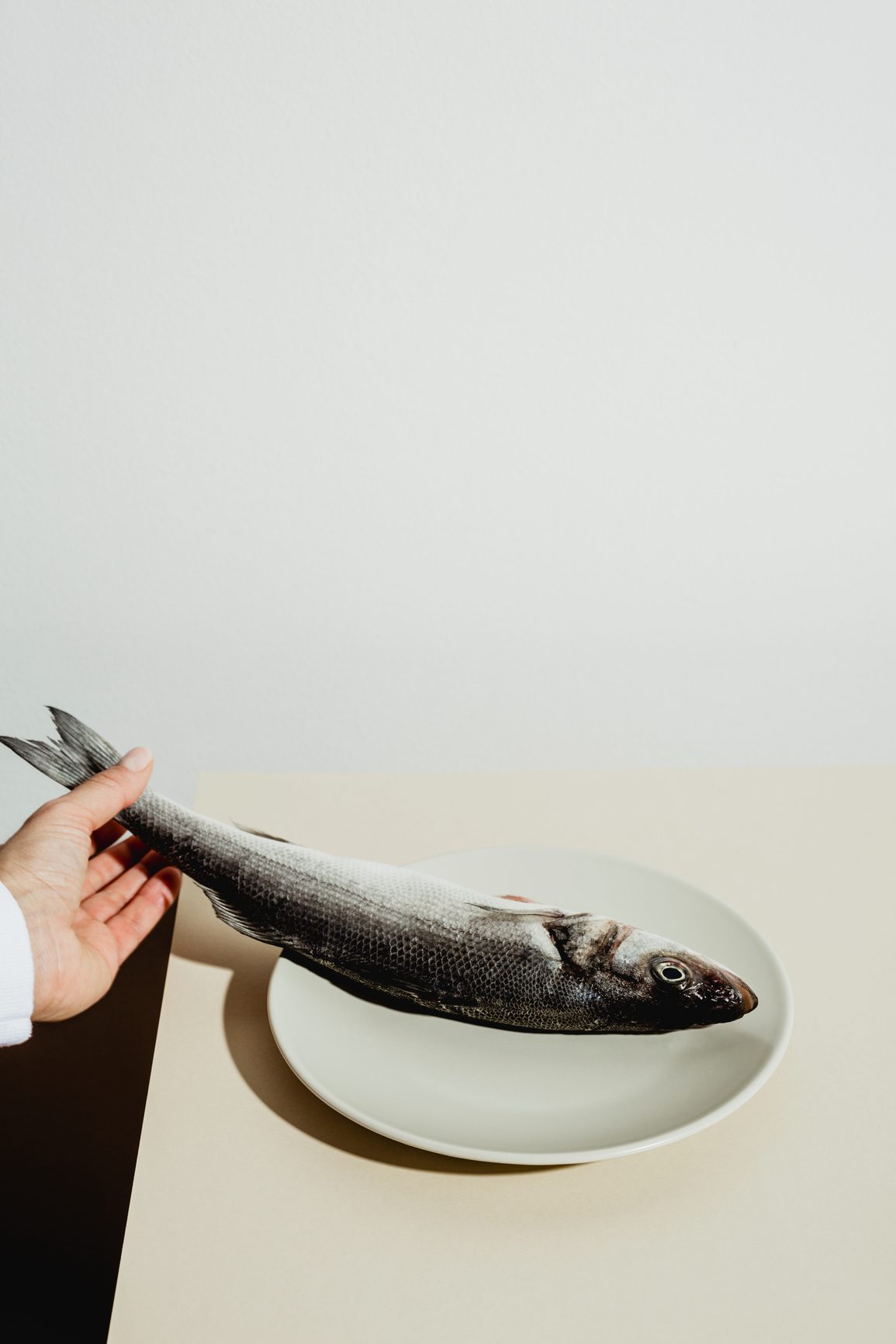Itching, burning and a white veil of mucous accompanied by a fish-like odour. Ugh, if you are a vagina-owner, you know the drill, but did you know these symptoms are not quite the same as thrush? Yes, there is an accomplice that dresses in a similar uniform but throws a different kind of shade.
Introducing Bacterial Vaginosis (BV), this bad boy is caused by an overgrowth of bacteria. It disrupts the normal vaginal flora and triggers an imbalance in pH levels. The vagina’s normal pH level sits between 3.8-4.5, when it exceeds this level, the va-jay will be at risk of infection cue BV and all its trickeries. Your discharge will be thin, white, or grey in colour, a touch of itchiness, and your blessed oyster downstairs will start to smell like one.
Vaginal thrush on the other hand is a condition caused by infection due to an overgrowth of yeast, known as candida. Thrush is dressed very similar to BV; however, discharge will be thick and white, a burning sensation may be present, itchiness, and general discomfort all round to be honest. Thrush is very common after a bout of antibiotics but is famed after a wrestle in the sheets. If you didn’t take a trip to the ladies, then your honeypot suffers the consequences. Tough times all round for XX chromosomes.
BV is often sexually transmitted, which is due to the spread of bacteria amongst genitalia, altering your natural balance of bacterial flora within the vagina. Consequently, causing an imbalance and a decrease in the number of normal hydrogen peroxide-producing Lactobacilli and an overgrowth of anaerobic bacteria. For the ladies who prefer cats over dogs, direct contact of mucus membranes or shared sex toys can also trigger BV. If multiple partners are joining you on the playground, make use of condoms as these pups aren’t just for the PEN15 club as well as giving your intimacy kit a good rub-a-dub-dub.
How do we lose the fishy fragrance.
The standard treatment of BV involves antibiotic use, which helps eliminate the infection but plays no role in re-flourishing the normal vaginal homeostasis, which is lactobacilli predominant, thereby rendering the vagina more prone to reinfection.
To restore balance within the honeypot, avoid harsh soaps that are filled to the brim with fragrance, douching, change your tampons regularly, make use of condoms ladies (no glove, no love) and heavy on the probiotics. Which probiotics might you ask? The most preferred strain that exerts the maximal benefits in vaginal repopulation is the Lactobacillus genus, considering lactobacilli is the star of your puss’ show, it is only fair that we feed her what she knows and loves. When scoping out your probiotic of choice, swipe right to this trio; Lactobacillus acidophilus, L. rhamnosus GR-1, and L. fermentum RC-14, these three will prime her and she’ll be back on the scene in no time.
Until then, hats off to the pussy posse.




